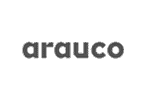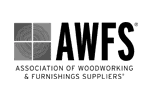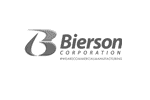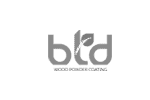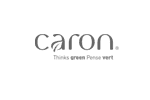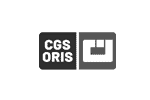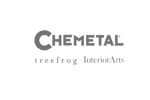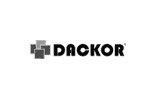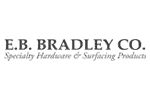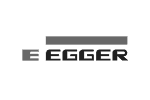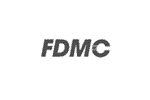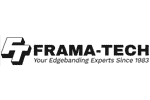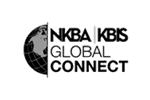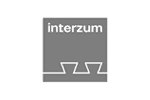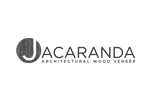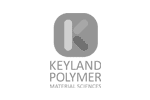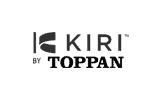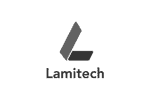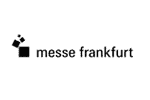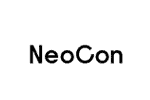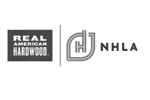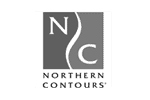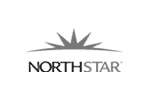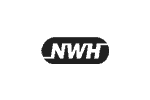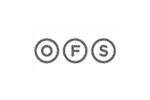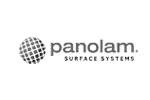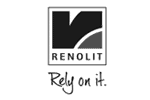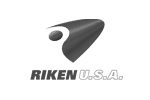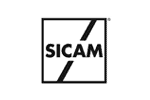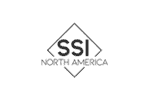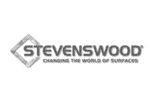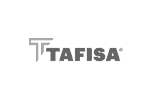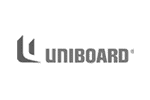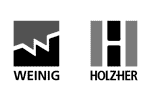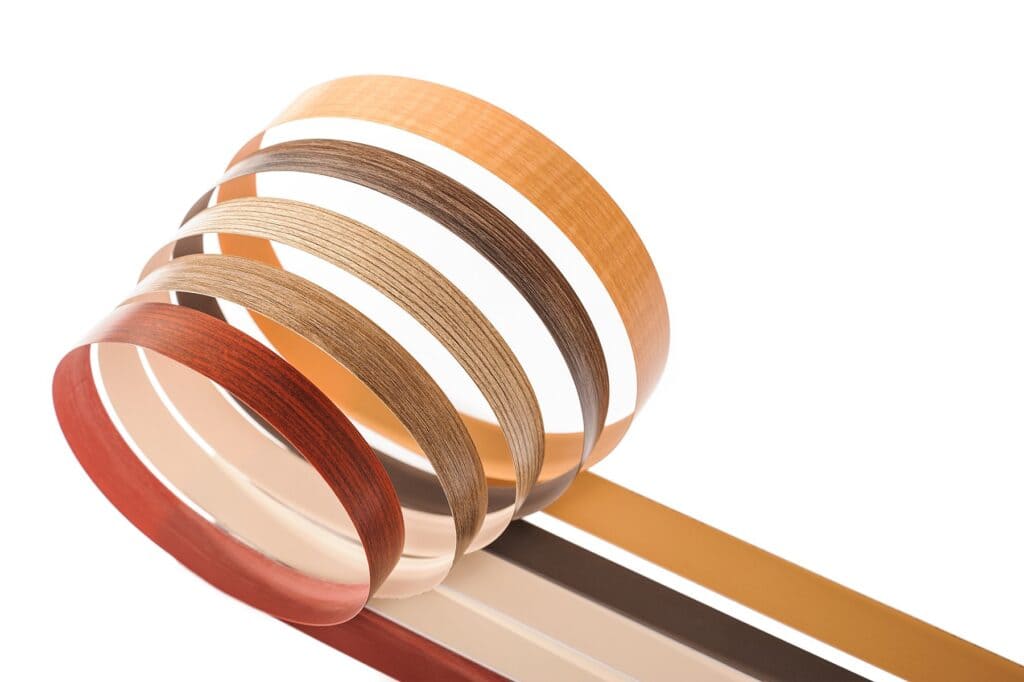
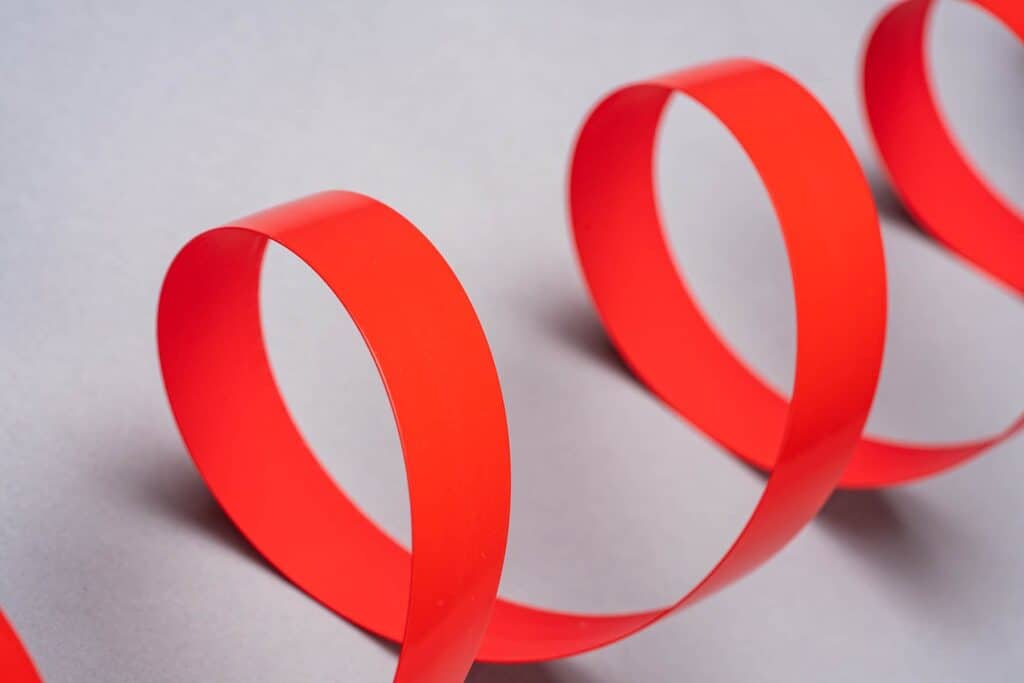
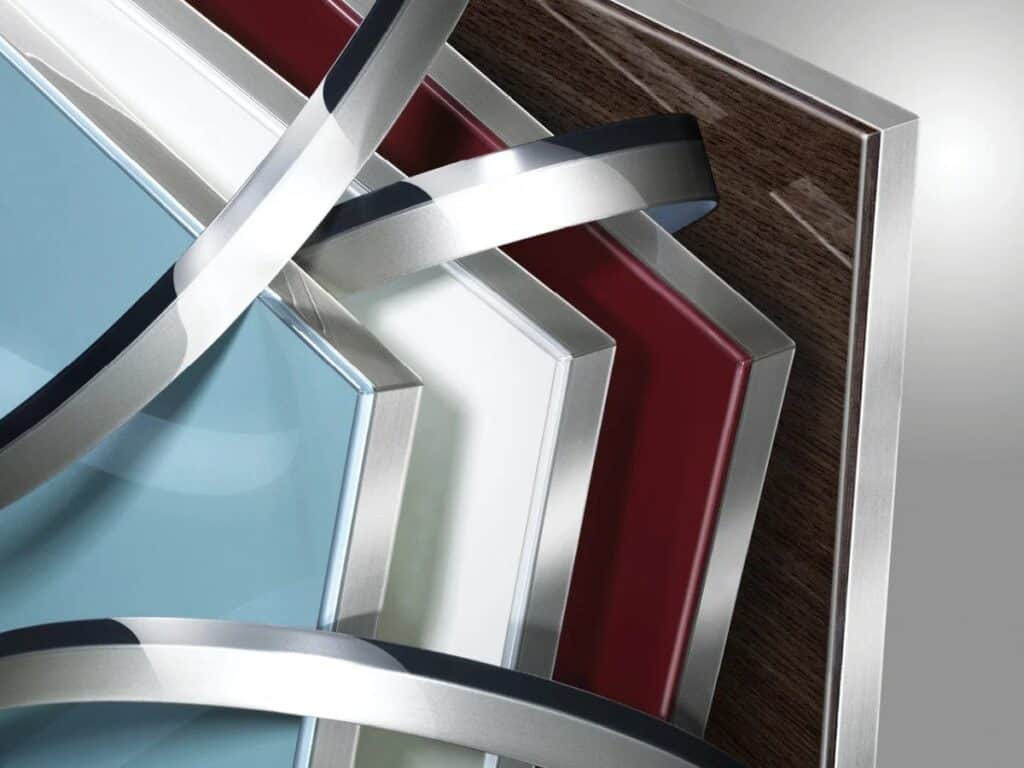
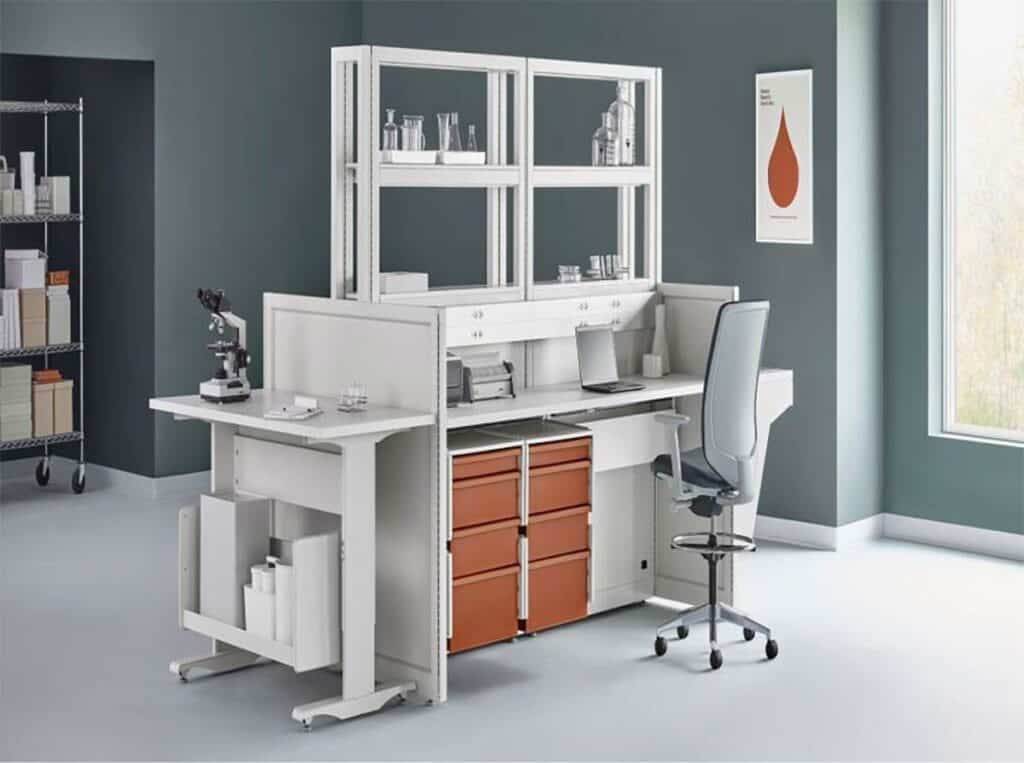
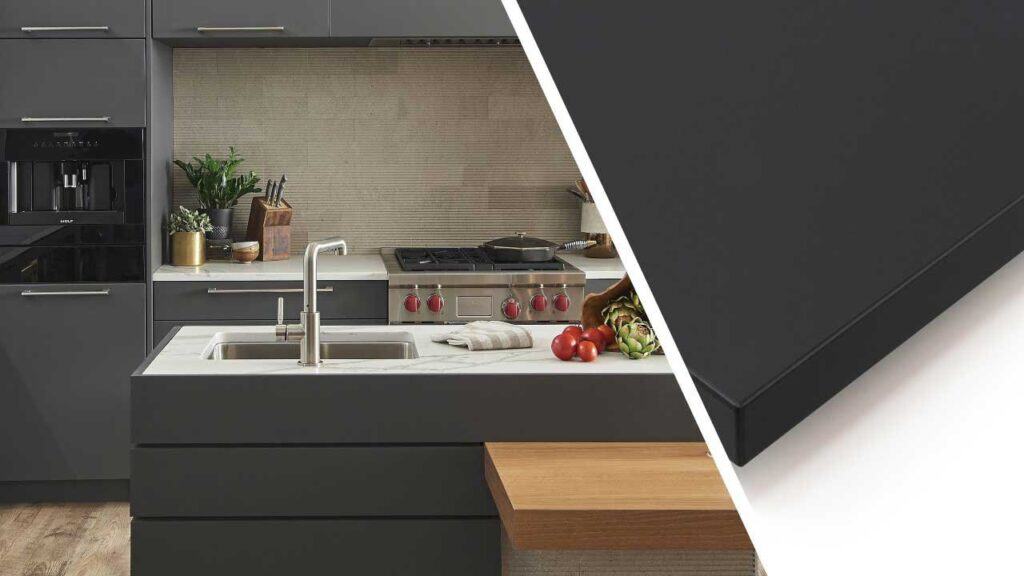
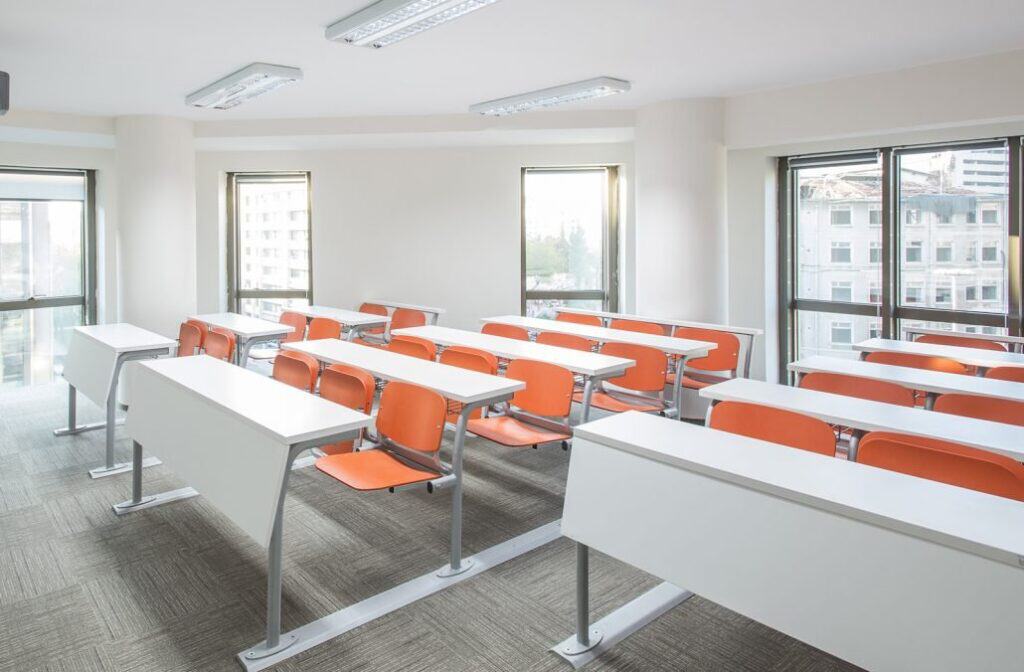
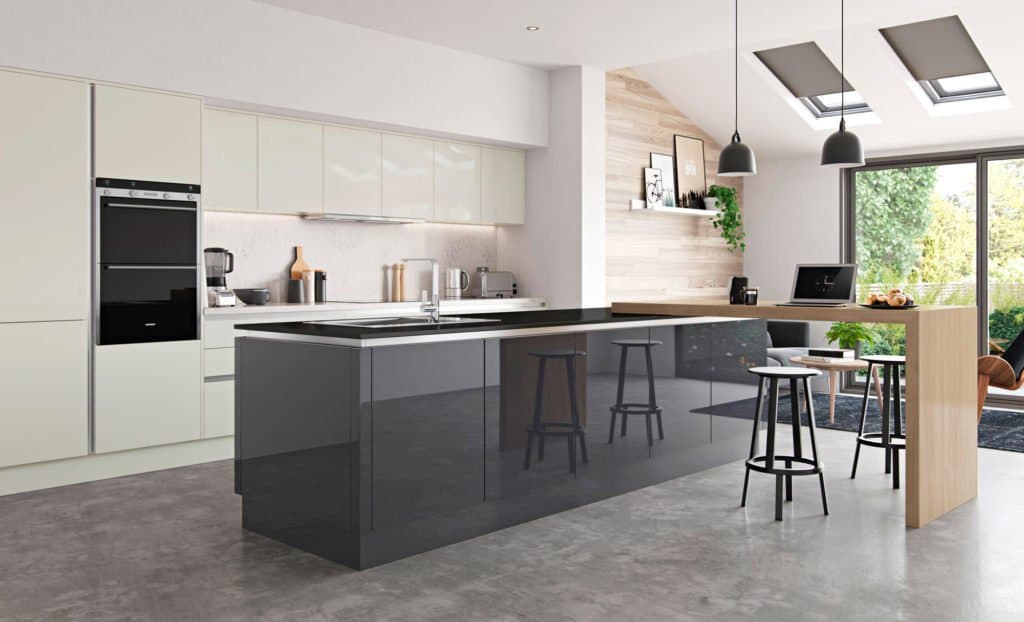
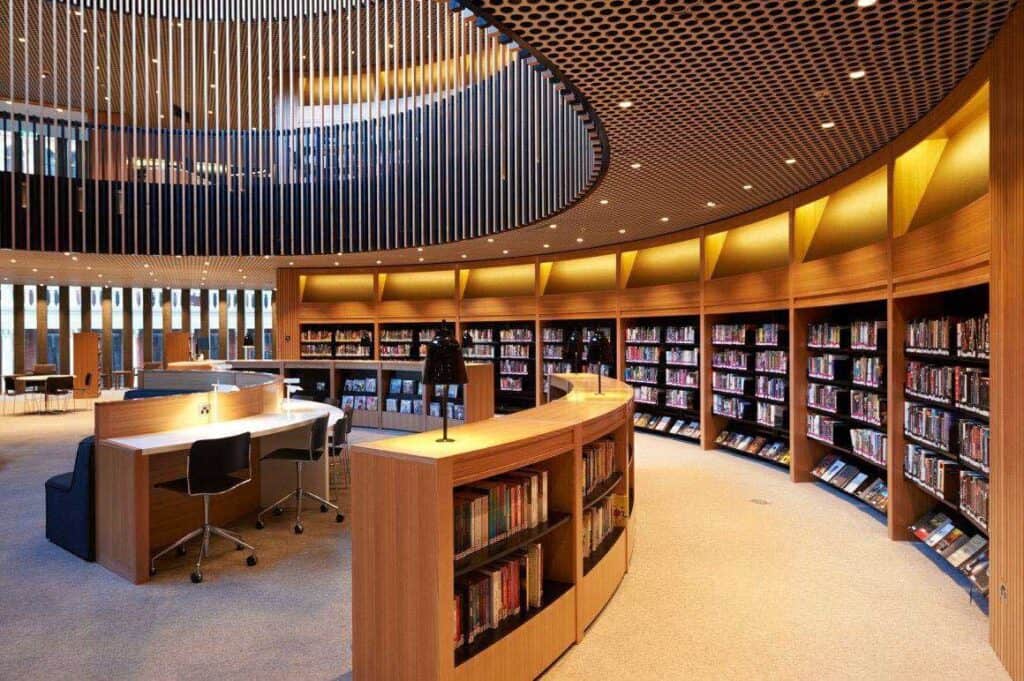
What is Edgebanding?
Edgebanding is any material that is applied to the edges of plywood, particleboard, MDF, and lightweight hollow-core decorative panels. Aesthetically, edgebanding matches or complements the face décor color and pattern and protects the core edges and corners against damage and wear.
In most cases edgebanding is applied to the four straightline panel edges by stand-alone edgebanding machines. In some cases, a CNC edgebanding tool can apply a continuous piece of edgebanding to the edges of a shaped panel.
Edgebanding materials include thermoplastics like PVC, ABS, PMMA-Acrylic, Polypropylene, strips of HPL, melamine-saturated papers, or wood and wood veneer. New bio-plastic edgebanding materials are made from PLA (polylactic acid, a type of thermoplastic made from fermented plant starches from corn, cassava, maize, sugarcane, or sugar beet pulp), which can be recycled and is compostable in designated facilities.
Hot melt adhesives may consist of various raw materials, including EVA (Ethylene-Vinyl Acetate), PUR (Polyurethane), and PO (Polyolefin).
A Brief History of Edgebanding
Traditionally, edgebanding was a manual process requiring ordinary carpentry tools and materials. In modern applications, particularly for high-volume, repetitive manufacturing steps such as cabinet doors, edgebanding is applied to the substrate by an automated process.
The earliest versions of edgebanding were actually “T-mouldings,” extruded plastic edges with a “T” tab inserted into a slot cut along the panel edge, tongue-and-groove style. Originally introduced in the mid-1950s, T-mouldings are still available, but most modern edgebanding products are flat strips from 0.5 mm to 3 mm or even thicker, glued to panel edges using a range of hot-melt adhesives and automated machines.
Why Edgebanding?
In applications where panel edges are exposed, edgebanding is required to protect the composite wood cores of laminated decorative panels from physical damage and moisture, which can cause the core’s wood fibers to swell and reduce its structural integrity.
Once applied, edgebanding is trimmed flush to the edges of the laminate or veneer on panel faces, forming a near-seamless edge that resists delamination caused by impact damage or wear.
Edgebanding can also make a powerful design statement, either by matching the face materials to make the panel appear homogenous, or with complementary or contrasting colors and finishes for more striking design expressions.
Where is Edgebanding Used?
Every exposed engineered wood panel edge needs edgebanding.
APPLICATIONS
- Commercial and residential cabinet casework, doors, and drawer fronts – in offices, stores, hotels, healthcare, and educational settings
- Worktops, tabletops
- Retail displays and shelves
- Vertical panels in elevator cabs
- Bathroom stall dividers
- Closet and storage systems
MARKETS
Commercial: Extreme-use applications like office, retail, hospitality, healthcare, and education benefit from thicker, more durable materials that will extend the useful life and design integrity of the decorative panels.
Residential: Edgebanding is found in kitchen and bath cabinet cabinetry, doors and drawers, worktops, and countertops.
Edgebanding Properties and Performance
Edgebanding’s first role is to enhance the durability of the panel. Its second role is to add to the panel’s design impact. Each demands a solid bond between the material and the panel edge.
Thicker edgebanding can provide rounded contours, adding elements of ergonomics and safety to an otherwise sharp 90-degree edge.
Thinner edgebanding materials can be “profile wrapped” (applied by a series of positionable rollers) around molding-like edge details machined into a panel edge.
Edgebanding Design
Edgebanding material suppliers are dedicated to providing first-rate matches to all popular laminate designs. Teams of color-matching specialists work to ensure accurate color matches to laminates, wood, paints, and finishes. In the case of woodgrain or other design patterns, laminate suppliers will share the design files with edge producers.
Grain-Through or Wood Core Upgrades
With the thicker materials – PVC, ABC, PLA – suppliers match the edgebanding’s base color to the face design’s base color. A similar visual pattern and texture are printed and embossed on the surface of the edgebanding material to complete the design.
With thicker (2 mm, 3 mm) surface-printed edging material, the design is removed at the top and bottom of the edge, and is machined flush with the surfaces of the panel, leaving only the solid core color where the edge meets the face. In most cases, this is barely noticeable, but for manufacturers that demand the next level of realism, some edgebanding producers have developed methods for embedding the darker woodgrain accents through the thickness of the material, referred to with terms like “grain-through” and “wood core.”
Woodgrain-design edgebanding is usually printed with “face grain” or “long grain” patterns, although some suppliers also offer end-grain designs to more accurately evoke the look of the end of a piece of solid wood.
The applications above are for designs striving for the appearance of a homogeneous panel. Other designs, particularly in Europe or for children’s furniture, call for more contrasting and vibrant color schemes. This is where you’ll find edges used more as bold accents to the panel face décor.
Yet another design option for edgebanding is to further the illusion of a metal or glass panel – or even a combination of the two in layers – matching the color and gloss of face décor. Crystal-clear transparent acrylic edgebanding can be printed on the back of the material, giving a glass-like depth with much greater durability and ease of handling. These edges are sometimes referred to as “3D Edgebanding.”
Textures, Velvet, and Gloss Finishes
Today’s TFL panels have come a long way from looking somewhat artificial to carrying very realistic wood designs and textures for an authentic haptic experience. Edgebanding manufacturers can mimic the same woodgrain appearance by adding satin finishes to the top of the edgebanding. Combined with a woodgrain texture, the edgebanding provides a homogenous haptic experience from the board to the edge surface. Gloss levels from super matte to glass-like finishes are also available.
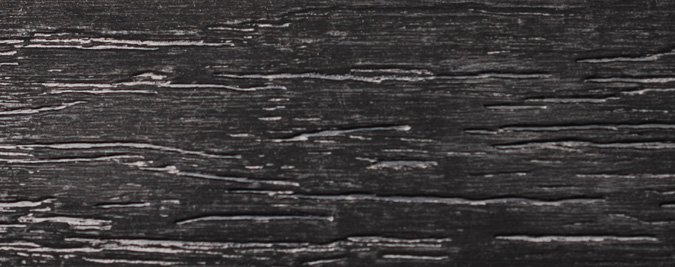
“Boreal” texture. Image courtesy of teknaform
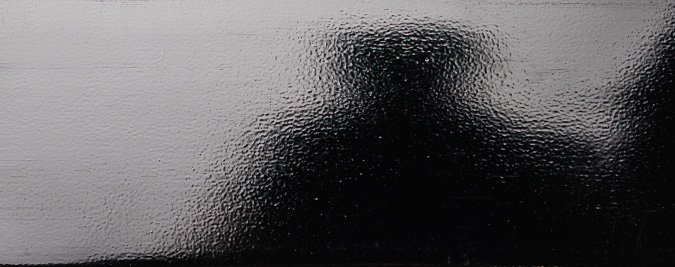
Edgebanding Materials Makeup and Manufacturing
Edgebanding can be generally divided into three categories:
Thermoplastics (Melt With Heat)
- Petroleum Based:
- PVC
- ABS
- Polypropylene (PP)
- PMMA (acrylic)
- Plant-Based:
- PLA (polylactic acid)
PLA is a type of thermoplastic made from fermented plant starch from corn, cassava, maize, sugarcane or sugar beet pulp. These materials can be recycled and are compostable in designated facilities.
- PLA (polylactic acid)
Thermoplastic edgebanding is produced with an extruder, a machine that consists of a loading system for raw materials, and a screw inside a barrel that melts and transports the raw materials and pigments through a die that shapes the material to the required size and shape.
After extrusion, the material can be printed, embossed, and lacquered to provide the required finish, whether a woodgrain or stipple texture, super matte, or high gloss finish. The edgebanding is then rolled and sent to customers.
Thermoset (Melt With Heat Once and Then Sets)
- Paper
- Melamine
- HPL
Thermoset edgebanding material begins as a paper or layers of paper that are printed and saturated with melamine resins for durability.
Wood
- Veneer
- Solid Wood
Wood edges are produced from planks of solid wood, or slit from sheets of wood veneer. Wood veneer edgebanding is finger-jointed together to a continuous roll with a fleece on the back for additional stability and the ability to bond the edgebanding to the panel. Wood veneer edgebanding can also come with a glue already applied to the back of the edgebanding, which can be softened with a heat gun and then pressed onto the board.
Applying Edgebanding to Panels
The general steps to apply edgebanding to the panel are applying glue to the panel while feeding the edgebanding into the edgebander. Metal pressure wheels put pressure on the top of the edgebanding, adhering it to the panel while trimming the edgebanding flush to the board. Scrapers remove any excess trim and glue residue, and a buffing wheel provides a finished look to the panel.
While some smaller cabinetmakers still apply edgebanding by hand, nearly all manufacturers use dedicated edgebanding machines, called edgebanders, which range from basic manual machines to very sophisticated ones that can automatically switch between several different edgebanding materials or colors without stopping production. Some setups offer automatic panel loading systems or panel return conveyor belts for applying the edgebanding on all four sides.
Besides straight-line edgebanding application, modern CNC machines are capable of applying edgebanding around curved panels while gluing, pressing, trimming, scraping, and buffing the edgebanding to a perfect finish.
Edgebanders may further prep the panel edge by machining, sanding, applying primer, and cutting the groove necessary if T-moulding is being applied. Hotmelt adhesives may be applied just before the edge is applied, which quickly cures as it cools for a solid bond. Trimming and buffing stations follow to the edge, with panels emerging from the bander with a flush and smooth finish.
No-Edge, Zero-Edge, Zero-Joint Edges
Some edgebanding products have an adhesive or “functional layer” pre-applied, which the edgebander then activates, or melts, with heat, infrared, or lasers as the material is applied. For a “zero-glueline” effect the adhesive itself carries color pigments to match the edgebanding and surface materials. These edges are also considered more durable and resistant to heat and moisture than traditional edgebanding bonds.
Edgebanding’s Environmental Impact
Many edgebanding manufacturers recycle their waste back into the manufacturing process, lessening the overall waste that goes into landfills.
The incineration of edgebanding chips with general waste is possible with edgebanding made with ABS and PP, further reducing the amount that goes into landfills.
A large portion of the edgebanding used today is made from oil-based raw materials, a finite resource. New developments such as edgebanding made from polylactic acid (PLA) contain a high degree of carbon and are made from renewable resources, meeting the need for sustainable furniture.
Aside from the relative impacts of the materials used, edgebanding’s main role is to facilitate the use of more composite wood panels by providing better design options. This makes them compatible with many standard and high-use applications.
The additional durability edgebanding brings to decorative panels helps extend their useful life, requiring less maintenance and fewer replacements.
Composite wood panels are known to be Climate Positive because they store more naturally captured carbon than is released in their production and use. This carbon isn’t released back into the atmosphere until these panels decay or burn.
The longer we can keep these wood-based panels in use, the longer that carbon remains stored. Edgebanding’s role in this equation is to add the durability needed to maximize the useful life of wood-based panels.
Although edgebanding plays a small part in the overall production of furniture, it plays a significant role in the durability, longevity, and the aesthetical and environmental impact of today’s furniture.
Edgebanding Suppliers
Main Edgebanding Manufacturers
- BioPlastic Solutions
- Rehau
- Surteco/Doellken
- Teknaform ULC/Protech
Main Edgebanding Specialty Distributors
- Charter Industries
- DC Distributing
- Edgebanding Services Inc.
- EdgeCo Inc.
- Frama-Tech
- Richelieu
- SSI
- RAMS Industries
- Würth Baer Supply Company

